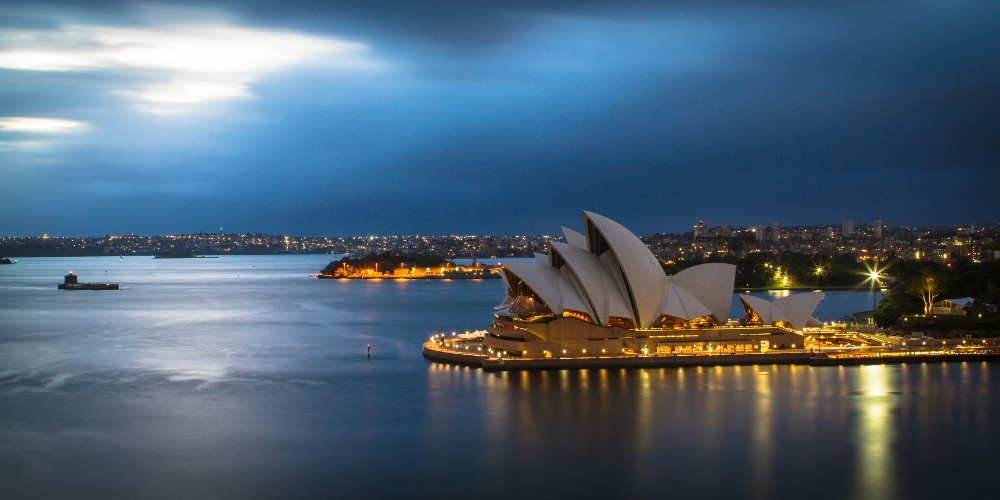
A family vacation in Australia deserves the title “once in a lifetime” like almost nowhere else on earth. Here’s how to plan an unforgettable Australian adventure with kids.

The world’s sixth largest country with a population of only 24 million in an area of almost 5,000,000 miles².
December, January and February are the hottest months of the year with temperatures in Sydney in the high 70s.
Australia has been inhabited for over 50,000 years making its living indigenous culture the oldest on earth.
Over 15,000 miles of coastline with several of the world’s top 20 most beautiful beaches including: Rainbow Beach, Queensland; Whitehaven Beach, Whitsunday Island; Margaret River, Western Australia.
More than 4 million Australians live in Sydney alone, it’s one of the world’s most multi-cultural cities and ranks in the top 10 most liveable.
Australia has 500 National Parks, 19 World Heritage sites, 28 million hectares of protected land and Wallandra Lakes in New South Wales is the country’s indigenous core dating back more than 40,000 years.
Uluru sits in the Uluru-Kata Tjuta National Park in Northern Territory, the most deserted Australian state.
From stunning beach resorts and city centre luxury hotels in Sydney to guesthouses in Alice Springs, Australia has family holiday accommodation of every type, there’s even a subterranean motel at Cobber Pedy in Southern Australia where above ground temperatures in February can rise to over 100 degrees.
It goes without saying, Australia’s enormous. Planes here are used like buses and flights across every state are frequent and reasonably priced. If you want to explore outside cities, a car is essential: be aware of exact distances, road conditions and weather before you leave. Thousands of family tour packages are available to explore more remote regions, national parks and places like the Great Barrier Reef and Uluru. Don’t drive in cities if you can help it, public transport is always a better option.